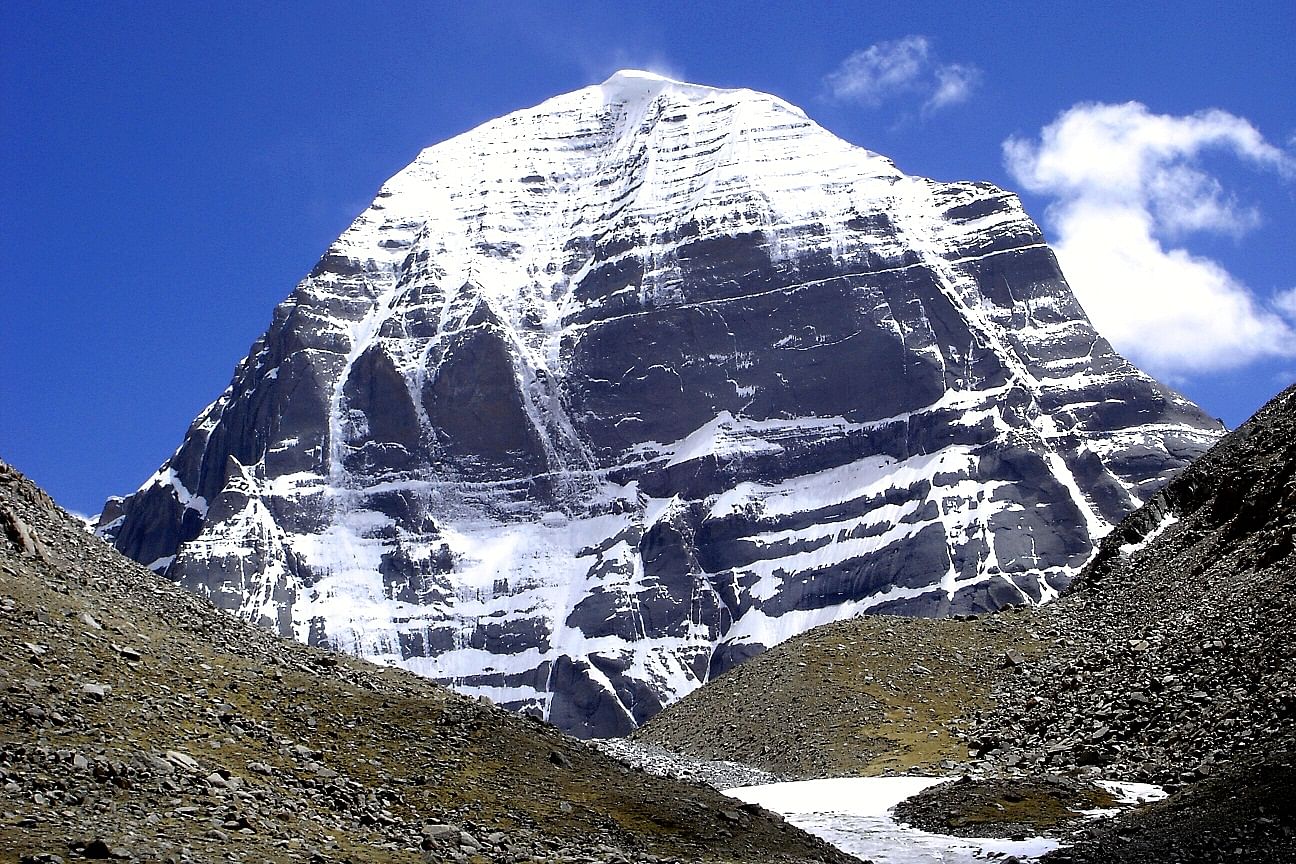
A year after the Kailash Mansarovar Yatra was disturbed due to India-China military face-off at Doklam Plateau in western Bhutan, the annual pilgrimage to the holy place at Tibet Autonomous Region resumed on Monday.
V K Singh, Minister of State for External Affairs, flagged off the first batch of yatra at the headquarters of the ministry. It comprised 60 pilgrims who will reach Kailash Mansarovar via Lipulekh Pass on the India-China border in Uttarakhand. Seventeen more batches — each comprising 60 pilgrims — will trek through Lipulekh Pass to reach the Kailash Mansarovar in the Tibet Autonomous Region of China.
Ten more batches — each comprising 50 pilgrims — will travel to the holy place through Nathu La on India-China border in Sikkim.
Last year, China had not allowed pilgrims from India to travel to Kailash Mansarovar through Nathu La in Sikkim.
The first batch comprising 44 of the total 350 pilgrims with visas issued by the Embassy of China in New Delhi had reached near Nathu La and would have entered the communist country's Tibet Autonomous Region on June 20 last year. But after the face-off between Indian Army and People's Liberation Army of China in Doklam Plateau in western Bhutan started on June 18, Beijing had declined to allow Kailash Mansarovar pilgrims to enter China through this route.
The pilgrims, who had opted the old route through Lipulekh Pass in Uttarakhand, however, were allowed to carry on the yatra without any hassle.
The face-off ended on August 28 after both sides agreed to withdraw additional troops from the site as well as restore the status quo on the scene near India-China-Bhutan tri-junction boundary point.
With both sides trying to mend ties, China this year agreed to allow pilgrims from India to travel to Kailash Mansarovar through Nathu La.
This year, 3,734 applicants successfully registered online for the yatra. The MEA selected 1,580 of them through computerised draw.
Since the 1980s, the MEA has been organising an "official" Kailash Mansarovar Yatra every year, in accordance with bilateral pacts between India and China.
Prime Minister Narendra Modi's first meeting with Chinese President Xi Jinping in New Delhi in September 2014 saw China finally accepting the long-pending request from India to open another route for the yatra as an alternative to the one via Lipulekh Pass, which not only requires trekking for several days but also turns worse if the weather turns inclement.
The new route for the pilgrimage through Nathu La was opened in 2015. It was then hailed by both New Delhi and Beijing as an important confidence-building measure initiated by both the governments.
